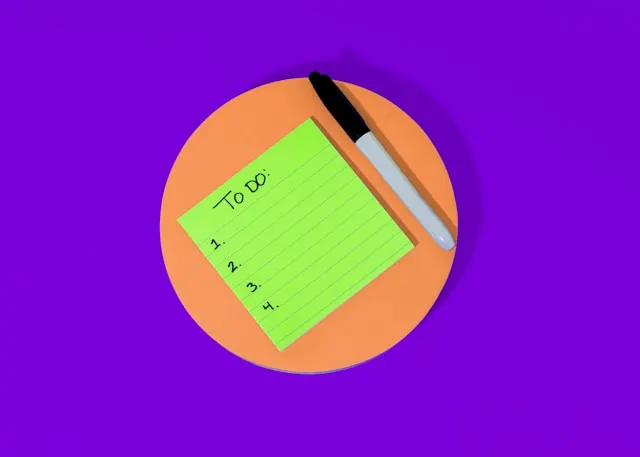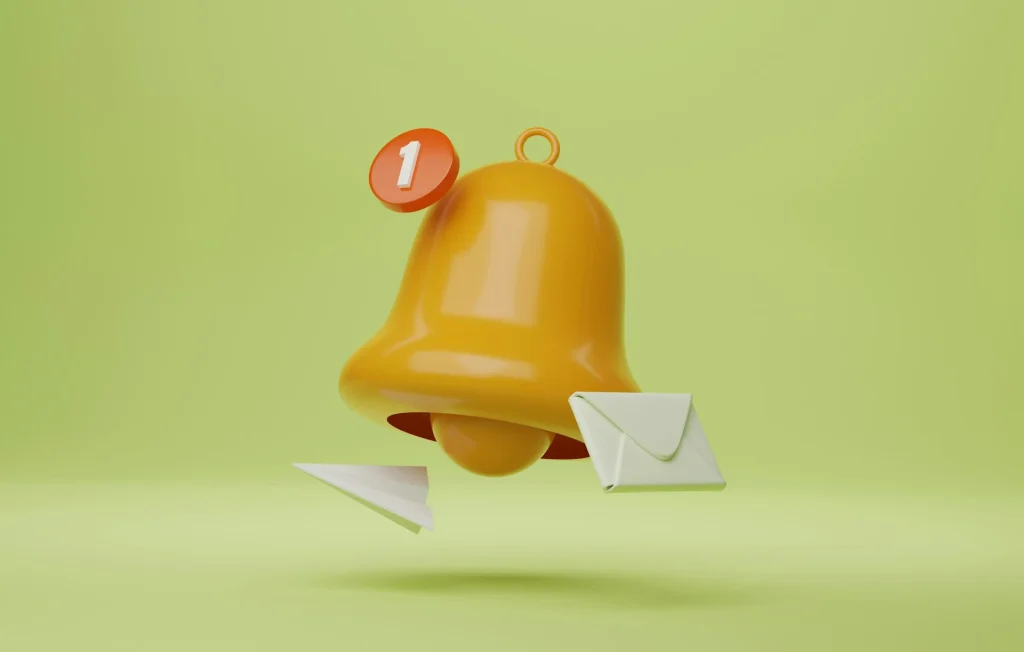How to Run a Catch-Up Meeting (with Agenda & Invite Sample)

Whether conducted daily, weekly or on an as-needed basis, a catch-up meeting is a simple yet powerful way to sustain team momentum and collaboration. These meetings are an opportunity for participants to share their updates, ask questions, solve problems, and celebrate their achievements.
In this blog, we will:
- Explain what a catch-up meeting is and its purposes
- List 5 benefits of this meeting format
- Share instructions on how to conduct a catch-up meeting as the facilitator
- Offer best practices for both facilitators and participants
Let’s get started.
What is a catch-up meeting?
A catch-up meeting is a brief, informal conversation between colleagues or between managers and employees. These meetings are scheduled to exchange updates, share progress, clarify priorities, and discuss any challenges or achievements.
Some widely-used synonyms for catch-up meetings include:
The primary purpose of catch-up meetings is to keep everyone aligned and informed. By fostering accountability and addressing concerns proactively, these meetings help streamline workflows.

5 Great Benefits of Catch-Up Meetings
Before we delve into how to conduct a catch-up meeting, let’s explore five key benefits this meeting format offers:
Transcribe Your Catch-Up Meetings
How to Conduct a Catch-Up Meeting
If you’re about to facilitate a catch-up meeting or want to polish your existing skills, following certain steps can make all the difference. Below is a guide to help you organize, run, and evaluate catch-up meetings successfully, from preparation to post meeting follow-up.
Before the Meeting
During the Meeting

After the Meeting
Best Practices for Catch-Up Meetings
Whether you’re leading the meeting or participating, implementing best practices during catch-up meetings can improve efficiency, engagement, and results.
| Facilitator | Participant |
|---|---|
| -Be time-conscious. Begin promptly, move through the
agenda without unnecessary delays, and wrap up by setting clear expectations.
-Use action-oriented language. Frame discussions around specific outcomes and next steps by adopting words like “achieve”, “finalize”, “prioritize”, and “commit”. -Encourage participation with open-ended questions. Ask questions that foster problem-solving and creative thinking, giving each participant the chance to express their viewpoint. -Keep the energy positive and solution-focused. Maintain a forward-looking, optimistic tone throughout the meeting to find solutions rather than lingering on problems. -Evaluate the meeting’s effectiveness afterwards. Gather feedback from participants by sending a quick poll to assess how well the catch-up meeting met its objectives. |
-Come prepared. Review the agenda and any relevant materials
before the meeting so you can contribute meaningfully and stay on topic.
-Take ownership of your action items. When assigned tasks, write down your responsibilities and make sure to follow through on them. -Ask clarifying questions when needed. If something is unclear or requires more details, feel free to request additional information to get the necessary context and avoid assumptions. -Stay open to feedback. Embrace constructive criticism and use the opinions of others as an opportunity for growth and improvement. -Share your feedback honestly. Be sincere and respectful, whether it’s about the agenda, the pace, or how your action items were addressed. |
Catch-Up Meeting Invitation Email Sample
Utilize the catch-up meeting invite sample below to notify all relevant stakeholders and provide them with the necessary information to prepare for the discussion.
| Subject line: Upcoming Catch-Up Meeting - [Date &
Time]
Dear Team, I would like to invite you to a quick catch-up meeting. We will review ongoing projects, discuss any challenges, and make sure we’re all aligned on next steps. Date: [Insert date] Time: [Insert time] Location/platform: [Insert location or Zoom link, etc.] I’m sharing the meeting agenda so you can come prepared with any updates or questions you’d like to discuss. If you’d like to add anything to the agenda, please let me know ahead of time. Please confirm your availability and feel free to reach out if the timing doesn’t work for you. All the best, [Your Name and Title] |

Sample Catch-Up Meeting Agenda
The following catch-up meeting agenda template can serve as a useful framework for guiding discussions and keeping the meeting on track.
| Welcome and Overview
Brief introduction to the meeting and its objectives. Progress Updates Team members to provide updates on their respective tasks or projects. Challenges and Solutions Discuss any issues or obstacles faced in these projects and brainstorm solutions. Identify any additional support or resources required. Action Items and Deadlines Assign new action items. Outline the next steps for each team member with clear deadlines and responsibilities. Q&A and Open Discussion (Optional) Time for any additional questions or comments. |

Frequently Asked Questions
What is the formal term for a catch-up meeting?
A formal catch-up meeting title is “Status Update Meeting” or “Progress Review Meeting”. Additionally, you can say “One-on-One Review” depending on the context. Consider the organizational culture, and the roles and number of the participants when selecting a title.
What is the purpose of a weekly catch-up?
The primary purpose of a weekly catch-up meeting is to review work completed during the past week, outline goals for the next week, and ensure alignment among team members. This meeting format is an effective way to build trust and foster collaboration in the work environment. Furthermore, it supports continuous improvement by offering a space for reflection and adjustment as needed.
How do I ask someone for a catch-up meeting?
To ask someone for a catch-up meeting, first check their availability and suggest a time that works for both of you. Briefly mention what you’d like to cover in the meeting to give them context. Try to keep the request simple and clear, and be flexible if they propose an alternative time.
How to structure a catch-up meeting?
When structuring a catch-up meeting, it’s important to prioritize the most important topics and create space for meaningful team input. Therefore, always prepare an agenda and request concise, purposeful updates. This will help keep the meeting productive and minimize time spent on less important matters.
How to prepare for a catch-up meeting with manager?
When preparing for a catch-up meeting with your manager, take time to assess your current projects and note any updates or concerns. Have specific examples or data to support your points. This preparation will help you communicate successfully and use the meeting as an opportunity for career development.
Summary
This blog shared step-by-step instructions on how to conduct effective catch-up meetings, including best practices for both facilitators and participants. It also explained the purpose and benefits of catch-up meeting format, emphasizing its role in driving proactive problem-solving and decision-making.
Here are our three golden rules for catch-up meetings:
- Outline a meeting agenda and send it to the participants beforehand so everyone can come ready to contribute.
- Strike the perfect balance between structure and flexibility to remain adaptable and address insights that arise during the conversation.
- Encourage open dialogue and create an environment where participants feel comfortable sharing their thoughts.
Now you’re ready to rock your catch-up meetings, whether you’re the host or a participant.


